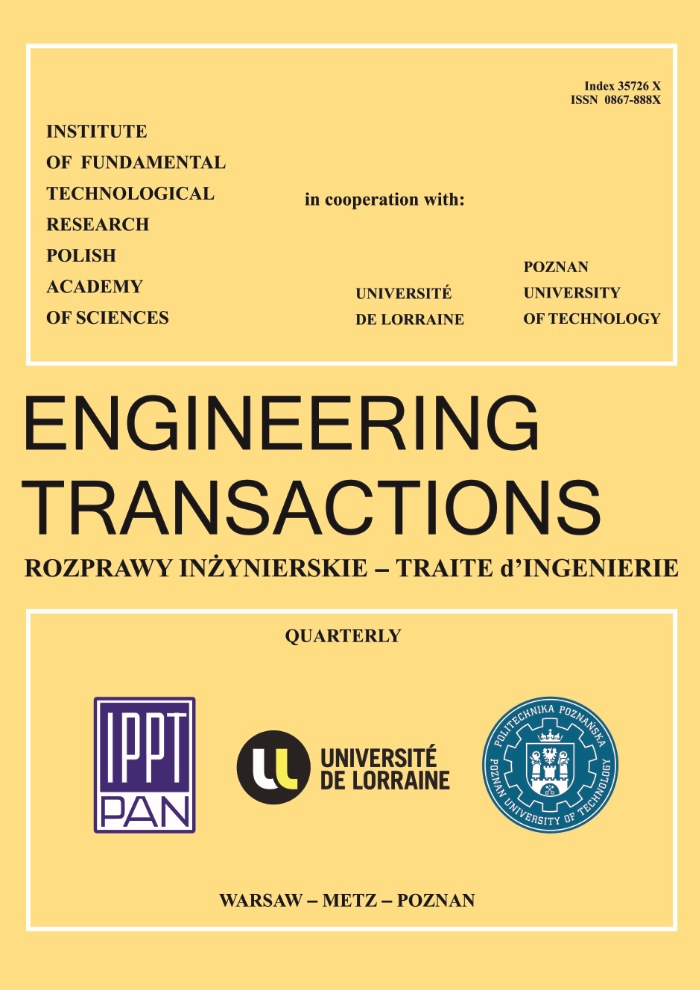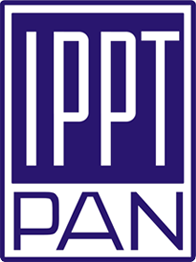Influence of Temperature on the Quality of Briquettes in the Giant Miscanthus Densification Process
Abstract
A continuous increase in demand for biomass for energy purposes is the reason why people have begun growing plants known as energy crops, such as common osier, Jerusalem artichoke,giant miscanthus, etc. The power industry most often utilises biomass in the form of pellets and briquettes. One of the basic parameters of the biomass densification process is temperature.This article presents the results of the study about the influence of temperature in the giant miscanthus densification process on the quality of briquettes which are intended for combustion in combined heat and power plants and in stoker furnaces in individual households.Keywords:
briquette quality, process temperaturę, giant miscanthus, piston briquetting machine, renewable energyReferences
1. Demianiuk L., Briquetting shredded plant materials [in Polish], PhD dissertation, University of Białystok, Białystok, 2001.
2. Demianiuk L., Study of a rapeseed straw densification process, the selection of briquetting machine [in Polish], Czysta Energia, No. 6 Abrys,Wydawnictwa Komunalne, Poznań, 2009.
3. Dzik T., Hryniewicz M., Choice of the screw press for compacting agricultural production waste products [in Polish], CHEMIK Nauka-Technika-Rynek, 61(9): 429–433, 2008.
4. Dzik T., Theoretical and experimental analysis of the compaction process of waste products of vegetable origin [in Polish], CHEMIK Nauka-Technika-Rynek, 61(9): 450–452, 2008.
5. El Balssam N., Potential energy course for Europe and Mediterranean Region, FAO REU, Technical Series, 46, 1996.
6. Roszewski R., Giant miscanthus – Miscanthus sinensis giganteus. New plants grown for food, industrial, and as a renewable energy source [in Polish], Warsaw Agricultural University, Warszawa, 1996.
7. Tripathi A.R., Iyer P.V.R., Kandpal T.C., A techno-economic evaluation of biomass briquetting in India, Biomass and Bioenergy, 14(5/6): 479–488, 1998.
8. Tripathi A.R., Iyer P.V.R., Kandpal T.C., Singh K.K., Assessment of availability and costs of some agricultural residues used as feedstocks for biomass gasification and briquetting in India, Energy Conversion And Management, 39(15): 1611–1618, 1998.
2. Demianiuk L., Study of a rapeseed straw densification process, the selection of briquetting machine [in Polish], Czysta Energia, No. 6 Abrys,Wydawnictwa Komunalne, Poznań, 2009.
3. Dzik T., Hryniewicz M., Choice of the screw press for compacting agricultural production waste products [in Polish], CHEMIK Nauka-Technika-Rynek, 61(9): 429–433, 2008.
4. Dzik T., Theoretical and experimental analysis of the compaction process of waste products of vegetable origin [in Polish], CHEMIK Nauka-Technika-Rynek, 61(9): 450–452, 2008.
5. El Balssam N., Potential energy course for Europe and Mediterranean Region, FAO REU, Technical Series, 46, 1996.
6. Roszewski R., Giant miscanthus – Miscanthus sinensis giganteus. New plants grown for food, industrial, and as a renewable energy source [in Polish], Warsaw Agricultural University, Warszawa, 1996.
7. Tripathi A.R., Iyer P.V.R., Kandpal T.C., A techno-economic evaluation of biomass briquetting in India, Biomass and Bioenergy, 14(5/6): 479–488, 1998.
8. Tripathi A.R., Iyer P.V.R., Kandpal T.C., Singh K.K., Assessment of availability and costs of some agricultural residues used as feedstocks for biomass gasification and briquetting in India, Energy Conversion And Management, 39(15): 1611–1618, 1998.






